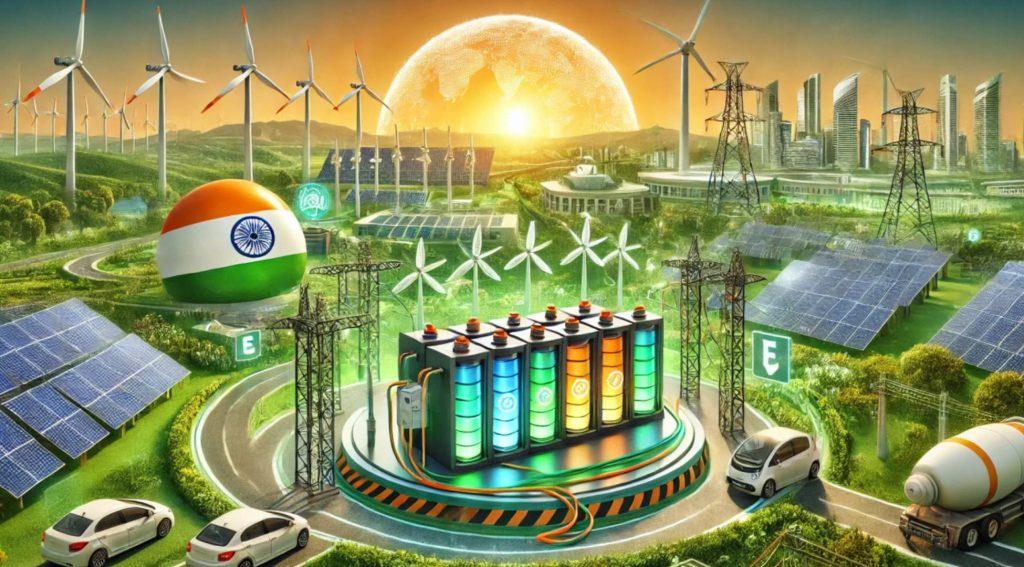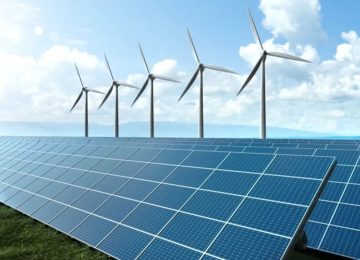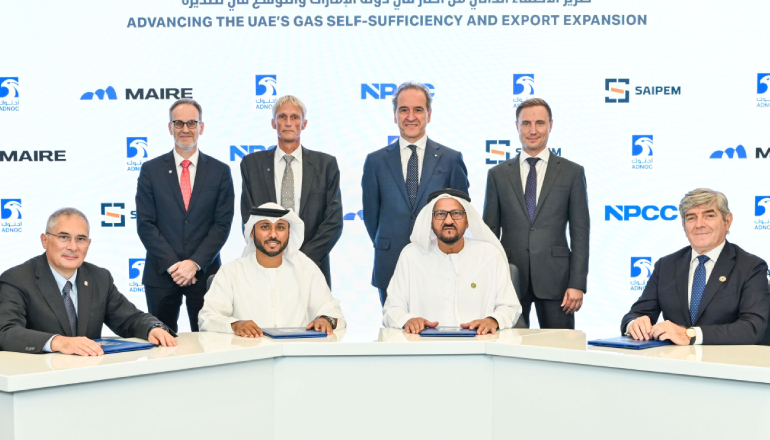In a significant push towards enhancing grid stability and integrating renewable energy, the Ministry of New and Renewable Energy (MNRE) has announced the second tranche of viability gap funding (VGF) for standalone battery energy storage systems (BESS) in India.
The initiative, critical for India’s energy transition, will receive budgetary support of Rs 5,400 crore from the Power System Development Fund (PSDF), with a VGF of Rs 18 lakh per MWh for each project. The financial backing underscores the government’s commitment to creating a resilient and sustainable energy infrastructure.
This latest allocation aims to support the development of 30 GWh of BESS capacity across 15 states and, through NTPC, building upon the 13.2 GWh supported by the first tranche.
According to the MNRE, 15 states are set to benefit from this tranche, collectively targeting 25 GWh of BESS capacity. Rajasthan, Gujarat, and Maharashtra will each see 4 GWh of development, while Karnataka and Andhra Pradesh are allocated 2 GWh each. Tamil Nadu, Madhya Pradesh, Telangana, and Uttar Pradesh will each receive support for 1.5 GWh, and Haryana, Kerala, Punjab, Chandigarh, Odisha, and Uttarakhand will each develop 500 MWh. In addition, NTPC will be supported for 5 GWh of BESS, strategically positioned to optimize existing thermal generation and transmission infrastructure and meet electricity demand during non-solar hours.
The disbursement of VGF will be milestone-based: 20% upon financial closure, 50% upon commissioning, and the remaining 30% after one year of operation.
Projects are expected to be commissioned within 18 months, with BESS units designed for a 2-hour discharge duration and an average of 1.5 cycles per day. Power Purchase Agreements (PPAs) are anticipated to span 12-15 years, utilizing Build-Own-Operate (BOO) or Build-Own-Operate-Transfer (BOOT) business models, with tariffs structured on either an INR/MW/month or INR/kWh basis. To be eligible for VGF, PPAs must be signed within 90 days from the date of the guideline’s issuance.
States have been directed to submit their proposals within 60 days, specifying the implementing agency, location, and size of the BESS for screening and approval of PSDF funding. This streamlined process aims to expedite the deployment of these crucial energy storage solutions.
The government’s proactive approach aligns with the Central Electricity Authority’s (CEA) projections, which estimate a need for 37 GWh of BESS by 2027 and a massive 236 GWh by 2032. This second tranche of VGF is widely welcomed as a vital step towards achieving these ambitious targets, though the timely implementation of these projects remains a key focus for stakeholders.












